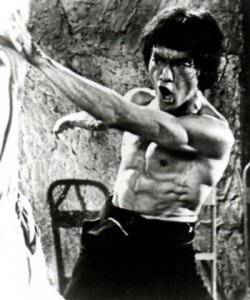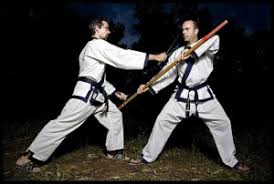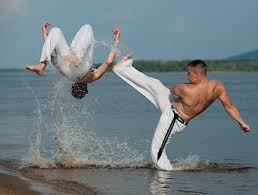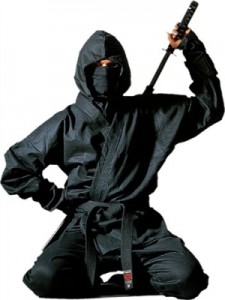Taijiquan
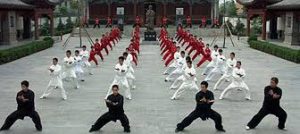 Taijiquan – literally means “fist of the Great Reach.” This is the internal martial art of China, which is considered a type of Wushu. This martial art is very popular as a gymnastics for healing, however, the component “chuan” (fist) suggests that Taijiquan, after all, is a martial art.
Taijiquan – literally means “fist of the Great Reach.” This is the internal martial art of China, which is considered a type of Wushu. This martial art is very popular as a gymnastics for healing, however, the component “chuan” (fist) suggests that Taijiquan, after all, is a martial art.
The emergence of martial arts
Two opposing theories about the origin of Taijiquan are known. The first, official theory, suggests that this martial art began to exist and continued to develop within the same family – Chen, who since the 14th century has been constantly living in the village of Chenjiagou, Henan province in northern China. This art of combat, according to the same legend, was founded in the 17th century by a man named Chen Wanting, who began to transmit the tradition from generation to generation.
The second theory believes that this martial art was created by the legendary Zhang Sanfeng, but this version does not explain the history of the transfer of martial arts to the 19th century.
Yang Lucian studied Taijiquan and brought it in the mid-19th century to the capital of China. He even began teaching this martial art in the palace of the Emperor. Since the martial arts of martial arts were not particularly interesting for courtiers, taijiquan was taught to them in the form of health exercises. At the same time, soldiers of the imperial troops were trained in the combat version of the style.
After the revolution of 1911, interest in national martial arts sharply increased in Chinese society, and already in 1916 special societies were opened everywhere in China to study national martial arts. So, taijiquan began to spread from north to south of the country.
Taijiquan gymnastics system After the Second World War and the Civil War in China in 1949, the founding of the People’s Republic of China took place. To accelerate the rise of the new state and improve the health of the people, the authorities of the republic were given the task of developing a simple gymnastics system from taijiquan that could be taught to the masses. In 1956, the State Committee on Sports of China published a book entitled “Simplified Taijiquan.” It described 24 movements that were taken from Taijiquan, taught by the Yang family. The following year, for those who have mastered the initial complex of 24 movements and want to continue their education, a new complex consisting of 88 movements was developed. So, despite the fact that even now there is the practice of taijiquan as a martial art, by the population this martial art is perceived as gymnastics for healing.
At the same time, some of the masters fled from China to Taiwan, from where Taijiquan came to the United States, Europe and Russia. Also in Russia, Taijiquan appeared from the masters of the Far East, Kazakhstan. Only a few taijiquan schools were able to preserve the classical traditions of this martial art.
Style features
The main features of Taijiquan include rolling steps with movements moving from one to another without interruption, as well as “pushing hands”. A special soft step makes it possible for constant balance during all movements, except for jumping, and thujas (pushing hands), also called “sticky hands”, help to train a special ability to feel and guess in advance possible movements of the opponent, as well as in no time move from defense to attack, at the same time preventing the attacker from moving. This technique is inconvenient for an opponent who is used to beating and is not used to having his punches get stuck in defense. The “pushing hands” technique is used in two more karate schools – these are the schools of go-ju-ryu and ueti-ryu. The continuous smoothness of movements, which is practiced by the slow development of the complex, makes it possible to memorize equipment and achieve high speed during the fight due to the correct execution of movements. Also, to increase the speed of technology, the development of a special pao-chui complex is also needed.
Taijiquan, being an art of combat with many faces, combines both the most soft and very hard techniques. However, widespread styles, such as the Yang style, do not have hard techniques. This led to the misconception that taijiquan belongs to the group of soft techniques. There are a sufficient number of training techniques in the style of Chen Yves and Taoist styles, which are aimed at emphasizing the development of softness and rigidity. Tough techniques include Pao Chui (exploding fist technique) and “beating hands” (the next stage of the thuja show).
